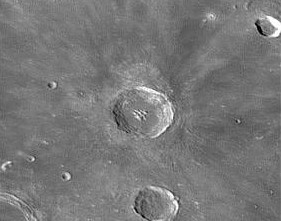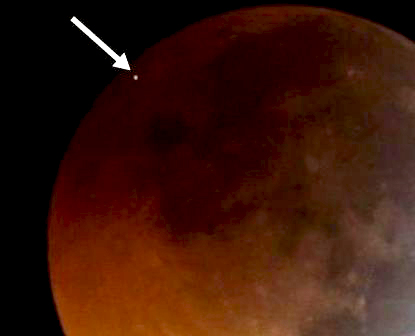Lunar Section Programs

Selected Areas Studies Program
Our mission is to observe, study, and record the many surface features of the Moon. The instrumentation used by Section participants varies from modest 60mm refractors to massive dobsonian mounted reflectors.

Banded Craters Program
The Banded Craters Program (BCP) is concerned with systematic observations of lunar craters that exhibit dark or light radial bands within their walls. Earlier efforts to observe, categorize and catalog these features generated useful data, but considerable work remains to be done. Hopefully the recent renewed interest in lunar topography will provide the impetus to move the program forward.

Lunar Domes Program
The Lunar Domes Program studies these subtle, low-contrast features usually found in the maria. As volcanic shields formed during the later stages of volcanic episodes on the Moon, Lunar domes are wide, rounded, circular features with a gentle slope rising in elevation a few hundred meters to the midpoint.

Lunar Rays Program
While conventional wisdom holds that a Full Moon makes observations more difficult, some of the Moon’s most fascinating features, the bright lunar rays, blaze into view during that time. Although often quite extensive, they have no appreciable height and are never seen to cast a shadow. While they are some of the most easily visible features on the Moon, bright lunar rays are still understudied and the subject of study by many amateur organizations across the globe.

Transient Lunar Phenomena
The Moon is geologically dead - or is it? Transient Lunar Phenomena (a.k.a. Lunar Transient Phenomena) are changes to the Moon's surface such as a colored glow, a change in brightness, a fogging over of detail, shadows with gray aspects, or flashes. As the name suggests, none of the changes to the surface are permanent. Reports of TLP go back a millenia, with some reported by multiple witnesses and reputable scientists. This program represents a citizen scientist effort to monitor and investigate TLP.
Learn more
Lunar Meteoritic Impact
The Leonid meteor shower of 1999 brought with it the first confirmed lunar impact observation, ushering in an exciting area in observational astronomy. The purpose of ALPO's Lunar Meteoritic Impact Search is to coordinate the observation of lunar impact events through development of resources to promote serious professional research of these "lunar flashes".
